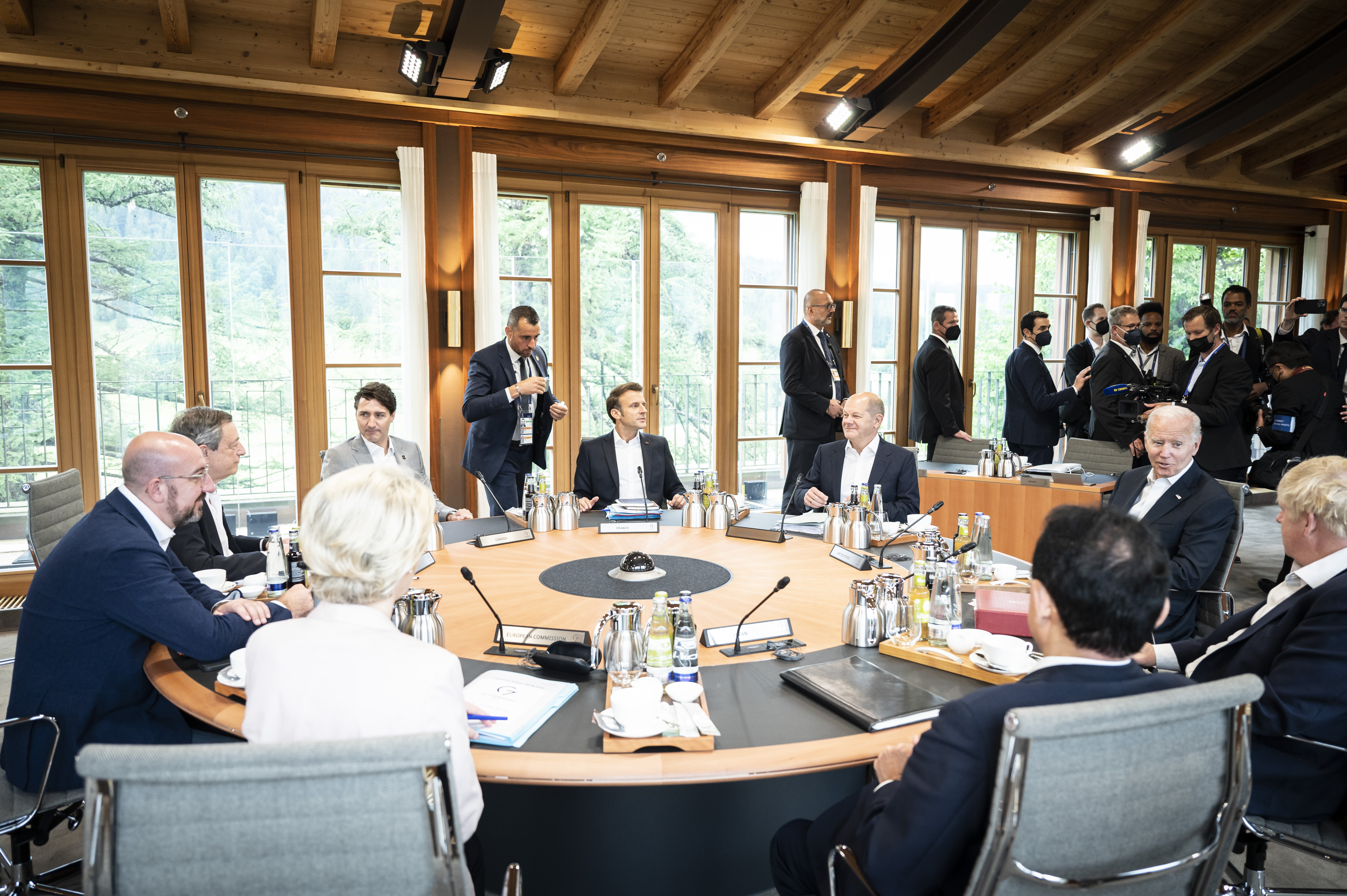As the image above shows, attempts are being made to bring internet access to the remotest areas of the globe, in this case by Google, via a balloon and “Project Loon”. Fully two-thirds of the world’s population, or 4.8 million people, are without internet access; more on this in a future IndustryTap article. But what about “captive audiences” around the world who have had internet access from “major carriers” for years? Are they getting a good value?
Profits Ahead of Public Interest?
Could it be that in the country responsible for inventing the Internet, its slow but seemingly certain economic decline could have at its roots in a failure to widely adopt reasonably priced internet technology?
According to Susan Crawford of Harvard’s Kennedy School and author of “The Telecom Industry and Monopoly Power in the New Gilded Age” this very well may be the case. The accelerating high tech marketplace requires cheap fiber and wireless broadband infrastructure and at present a lack of competition in the United States and cozy monopolies are slowing progress, possibly imperiling prosperity for future generations of Americans.
For a presentation by Susan Crawford see the video below:
Time is Money and Slow Internet Access Wastes Valuable Resources
The United States currently finds itself way behind other industrialized countries in Internet access speeds and broadband adoption according to Jasmin Melvin of Reuters. The US median download speed is 1.97 megabits per second (mbps) while Japan enjoys an average of 61 mbps, Korea 17 mbps, and France and Canada 7 mbps. What’s more, the US cost averages twice as much as its competitors.
In New York City with a population of 8.4 million, where “if you can make it here you can make it anywhere” average Internet download speed was 11.7 Mbps compared to Seoul, South Korea with a population of 10 million residents and download speeds averaging 35.8 Mbps.
The United States Federal Communications Commission (FCC) has defined “high-speed” as 200 kilobytes per second (kbps) for more than a decade. To its credit the FCC has created a blueprint for improving Internet speeds and access through making more airwaves available to mobile service providers. In addition, the New York Times reports the gap is less than it appears:
Other factors bringing down the average speed of US access include one third of the US population still using dial-up access due to high costs, low computer literacy and privacy concerns according to the FCC. Click here to view larger version of the following infographic.





